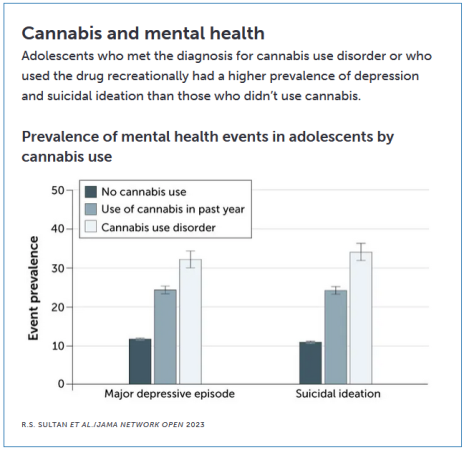Cannabis and the Teenage Brain
This exercise is a part of Educator Guide: Water Burbling Physics and THC and the Teenage Brain / View Guide

Directions for teachers:
To engage students before reading the article, have them answer the “Before Reading”...